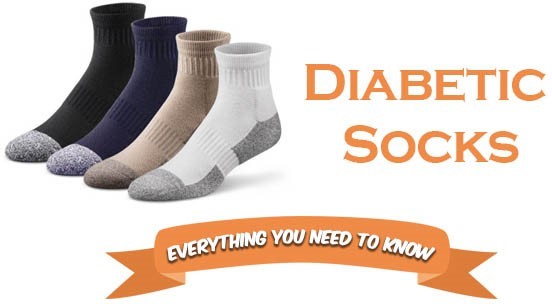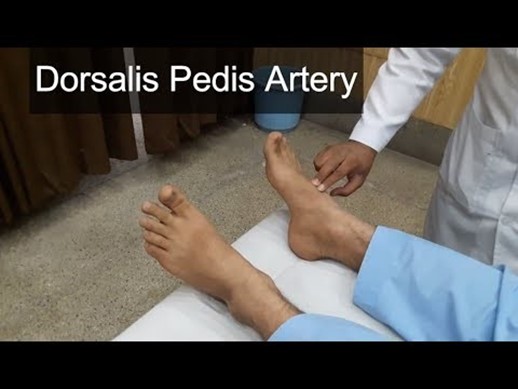A nurse is providing teaching to a client and their partner about performing peritoneal dialysis at home.
When discussing peritonitis, which of the following manifestations should the nurse identify as the earliest indication of this complication?
Cloudy effluent.
Increased heart rate.
Generalized abdominal pain.
Fever.
Fever.
The Correct Answer is A

The earliest indication of peritonitis in a patient undergoing peritoneal dialysis is often cloudy dialysis fluid when drained from the body.
Choice B is incorrect because an increased heart rate is not the earliest indication of peritonitis.
Choice C is incorrect because generalized abdominal pain is not the earliest indication of peritonitis.
Choice D is incorrect because fever is not the earliest indication of peritonitis.
Nursing Test Bank
Naxlex Comprehensive Predictor Exams
Related Questions
Correct Answer is A
Explanation
People with diabetes should wear cotton rather than nylon socks.

Cotton socks are more breathable and can help keep feet dry, reducing the risk of infection.
Choice B is not the answer because people with diabetes should never use a heating pad on their feet.
Choice C is not the answer because people with diabetes should avoid walking barefoot, even around the house.
Choice D is not the answer because people with diabetes should wash their feet every day in warm water with mild soap, not hot water and antibacterial soap.
Correct Answer is D
Explanation
The nurse should palpate the dorsalis pedis pulse.

This is to assess for peripheral neurovascular dysfunction, which is a potential complication of a tibial fracture.
Choice A, wrapping sterile gauze on the sharp point of the pins, is not an answer because it is not mentioned in the search results as an intervention for a client with an external fixator for a tibial fracture.
Choice B, adjusting the clamps on the fixator frame, is not an answer because it is not mentioned in the search results as an intervention for a client with an external fixator for a tibial fracture.
Choice C, maintaining the affected extremity in a dependent position, is not an answer because it is not mentioned in the search results as an intervention for a client with an external fixator for a tibial fracture.
Whether you are a student looking to ace your exams or a practicing nurse seeking to enhance your expertise , our nursing education contents will empower you with the confidence and competence to make a difference in the lives of patients and become a respected leader in the healthcare field.
Visit Naxlex, invest in your future and unlock endless possibilities with our unparalleled nursing education contents today
Report Wrong Answer on the Current Question
Do you disagree with the answer? If yes, what is your expected answer? Explain.
Kindly be descriptive with the issue you are facing.
